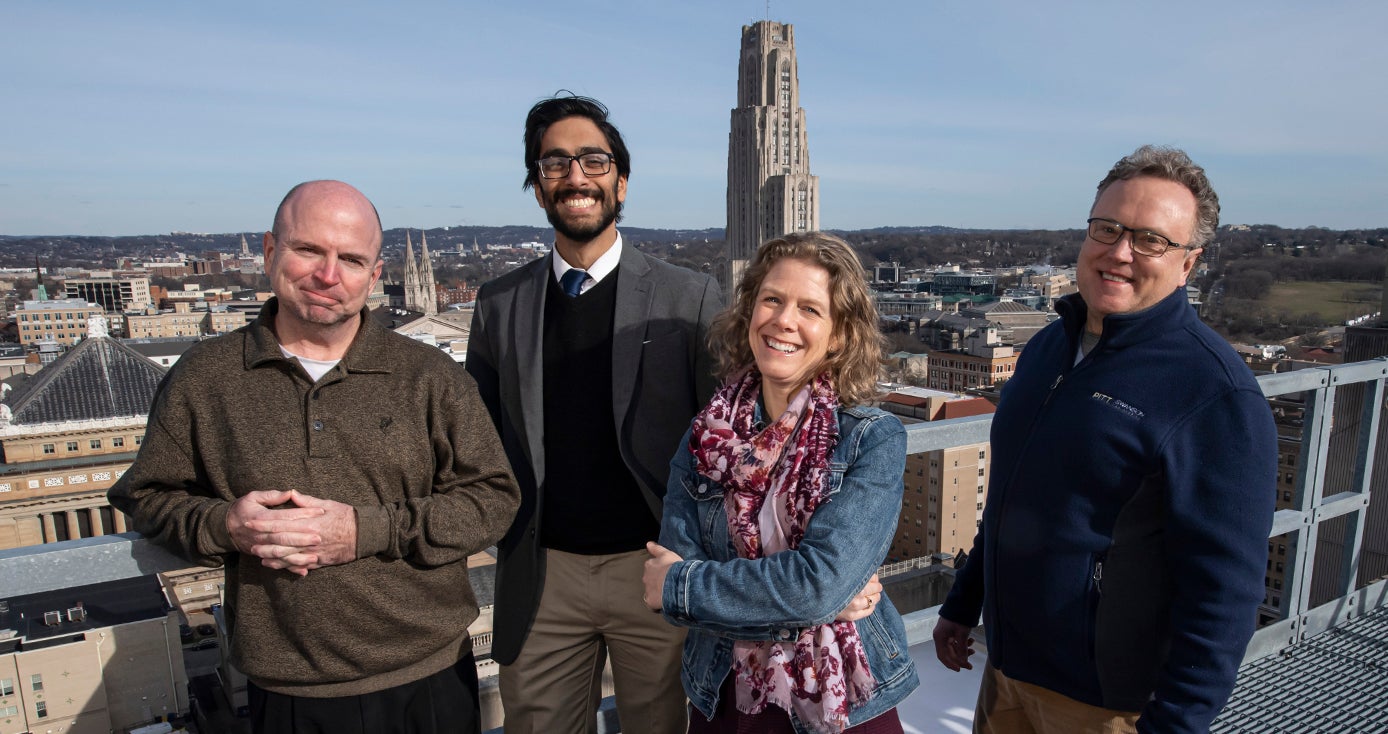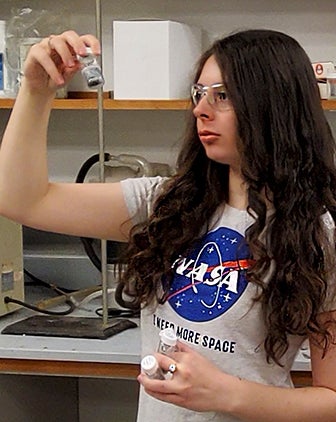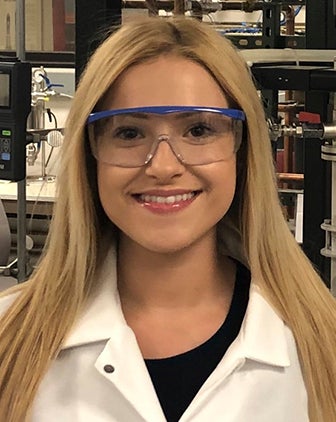
Subscribe to Pittwire Today
Get the most interesting and important stories from the University of Pittsburgh.Faculty Members Send Student Projects Flying to Space, Thanks to Seed Funding
Though humans have landed on the moon and spent hundreds of days in Earth’s orbit, not much is known about space’s effects on the body or the crafts keeping astronauts safe.
This spring, two student-led projects from the University of Pittsburgh School of Pharmacy and Swanson School of Engineering will delve into the effects of microgravity aboard the International Space Station (ISS).
Microgravity is the condition where people or objects appear weightless, like when they float inside spacecraft. These conditions affect the health of astronauts and spacecraft operations differently from when they’re on Earth, where gravity grounds them.
“These projects are crucial to student researchers’ interests,” said Marissa Defallo, a junior mechanical engineering major. “I’ve always had an interest in space, and would one day like to work for NASA or SpaceX. The more hands-on experience I get the better.”
Defallo is part of a student team that will measure the corrosion rate of 3D printed aluminum, a commonly used metal in space due to its light weight and high strength properties. The ISS itself is mainly made of aluminum. This experiment will give insight into how aluminum corrodes in microgravity and provide useful data for creating corrosion-resistant aerospace parts in the future, preventing structural failures.
“While the ISS and other satellites are in orbit, they are still in Earth’s atmosphere, which means there’s still oxygen present to cause corrosion,” said Defallo, who became interested in this particular research after a co-op assignment with American Airlines. “We’re hoping to find ways to reduce corrosion using different topographies like wavy, rough or blocky surfaces.”
The second project will examine the effect of silver nanoparticles—tiny substances invisible to the naked eye—on a small, see-through crustacean called Daphnia magna. These particles are plentiful on Earth, but generally less harmful, because gravity grounds them. However, in microgravity, the nanoparticles float more freely, making them more easily inhaled or inadvertently ingested.
By tracking the effect of the particles on the creatures’ bodies, this experiment will help determine the effect of microgravity on the immune system, an important part of astronauts’ health as they work and travel in those conditions for long periods of time.
“Astronauts’ immune systems can experience significant loss of function in space, and chronic exposure can lead to more damage,” said Amanda Carbone, a junior chemical engineering researcher on the project.
Both projects have been made possible in part thanks to Pitt’s participation in the national Student Spaceflight Experiments Program. Through this program, Pitt is working to foster students’ interest in the sciences. Students, with the help of faculty mentorship, create proposals for tests aboard the ISS.
“It’s purely student-driven, and this really allows them to use their imagination and be creative in a program that’s typically structured,” said Kerry Empey, associate professor of pharmacy and therapeutics and one of the project leads for Pitt’s participation in the program.
Also involved are Ravi Patel, lead innovation advisor in the School of Pharmacy, and David Vorp, associate dean for research and William Kepler Whiteford Professor of Bioengineering. John Donehoo, a clinical pharmacist at UPMC, is also a collaborator on the program.
The research is also supported by a 2019 seed grant—funding that supports learning, teaching and research projects that further the University’s Plan for Pitt.
The faculty leads and student researchers said the seed grants provided the means to work with the program, as well as the building blocks for collaboration among researchers.
“It has been an informative experience, but it’s also been inspirational,” said Carbone. “For many of us, I think it’s the most exciting program we’ve ever been involved with. I’m grateful to the University for giving us the opportunity to even interact with the space station. It really is a once in a lifetime opportunity.”
Have a seed of an idea?
Applications are still open for the next round of seed grant funding. The Pitt Seed initiative offers faculty and staff members across all five Pitt campuses an opportunity to directly and actively contribute toward achieving the University’s strategic goals. Chosen applicants can receive up to $50,000 to advance their projects.
The first step, a letter of intent, is due Feb. 7 by noon.




